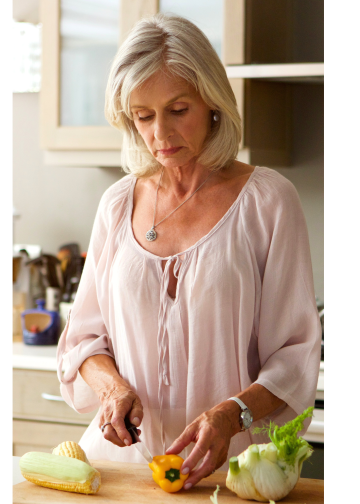From Bud to Blossom
How am I really? We celebrate birthdays, weddings, and milestones — yet so rarely do we pause to honor ourselves....

|
Getting your Trinity Audio player ready...
|

Midlife is a time of reflection, growth, and transformation. Many people evaluate their lives, asking, “Is this all there is?” or “Who am I becoming?” While some fear this stage as the end of something, it’s actually an invitation to embrace the beginning.
Reinvention at midlife is about shedding old identities and stepping into a new phase of life that reflects who you are today, not who you were in your twenties or thirties. But this journey is not always easy. Change can bring discomfort, resistance, and self-doubt. Yet, it also brings immense opportunities for personal growth, renewed vitality, and joy. The challenge is embracing the change with mindfulness and courage, trusting the process even when uncertain.
Reinvention begins with letting go of the past and, sometimes, of the expectations others or society have placed on you. Midlife often brings a deep desire to release what no longer serves us, but letting go can be challenging. It’s hard to release the person we’ve been because we’ve built our sense of self around those roles, accomplishments, and relationships.
Yet, letting go is an essential part of reinvention. It’s not about discarding the past but honoring and releasing it to make space for something new. It’s about understanding that your identity isn’t fixed; it’s fluid, evolving. By shedding old layers, you. Shedding for new growth makes learning and living more authentic.
Practices for letting go:

Change is inherently uncertain, and reinvention often feels like stepping into a foggy landscape. You may sense where you are, and the path forward may not be clear. Mindfulness is an anchor during this uncertainty, helping you remain grounded in the present rather than becoming overwhelmed by future fears or past regrets.
Mindfulness is the practice of being fully aware of your thoughts, emotions, and physical sensations without judgment. It helps you tune in to your internal compass, guiding you with clarity through the storm of change. By learning to sit with the disc, you cultivate resilience and emotional balance; rather than avoiding it, you cultivate it with more grace and a deeper sense of trust in yourself, more profound.
Mindfulness tools for navigating change:
Fear is an inevitable part of the reinvention process. Whenever we step into the unknown, fear rears its head—fear of failure, fear of judgment, fear of not being judged- and it doesn’t have to paralyze us. Instead, we can choose to acknowledge it and move on with courage.
Courage isn’t the absence of fear; it’s the ability to act despite it. It’s about recognizing that fear often signals growth, pushing us to signal our comfort zones. Reinvention requires acting in uncertainty, trusting that small steps forward will eventually lead to transformation.
Ways to cultivate courage:
Once you begin the process of reinvention, you’ll find a sense of liberation true to yourself. Midlife often brings with it a shift away from trying to meet external expectations and toward living authentically. The person you are becoming is the person you’ve always been beneath the layers of roles, identities, and fears.
Living authentically means making choices aligned with your visions and desires, even if they challenge societal norms or the expectations of others. It means trusting yourself enough to honor what feels right, even if it’s different from what you expected or what others might think.
Key mindset shifts for embracing authenticity:

Reinvention is not a passive process—it requires action and intentionality. Here are some practical steps that can guide you through the journey of self-transformation:
Reinvention isn’t a one-time event; it’s a lifelong practice of evolving, learning, and growing. Life is full of transitions, and each entails an opportunity for reinvention. As you move through midlife and beyond, embrace mindfulness, courage, and self-compassion. Trust that each step, no matter how small, is a part of the greater journey of becoming the person you are meant to be.
photo©darian belonogova via canva.com
photo© paul bradbury via canva.com
photo© fat camera via canva.com
photo© mimage photorraphy via canva.com
How am I really? We celebrate birthdays, weddings, and milestones — yet so rarely do we pause to honor ourselves....
A Season of Shifts: Fall has a way of quietly announcing itself. The mornings turn cooler, the trees start shedding...
A Slow Harvest Invitation to Savor the Season: There’s something about summer that stirs a quiet ache in the...
The Truth Does Matter: When someone creates a story, based not on truth but on their projections, and spreads it...
Returning to Self: There was a time when I felt like I was sleepwalking through my days—on autopilot, doing what...
You’re Ready, Ready to Let Go: There are moments in life when the familiar no longer fits. Like a beloved...
© 2025 Slow Harvest Yoga